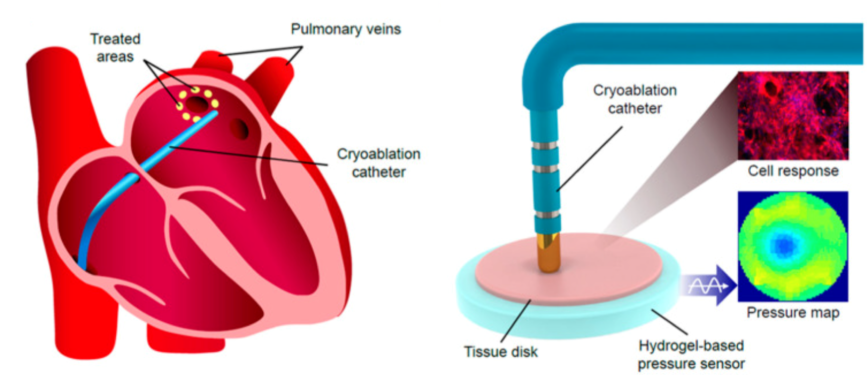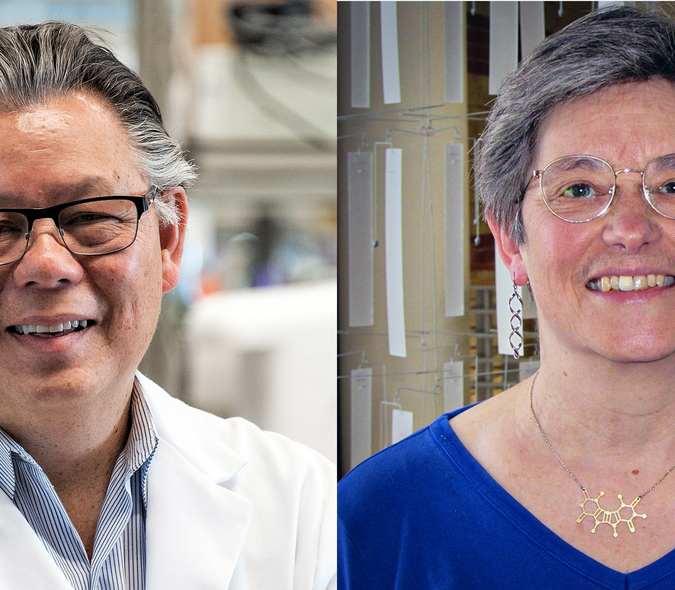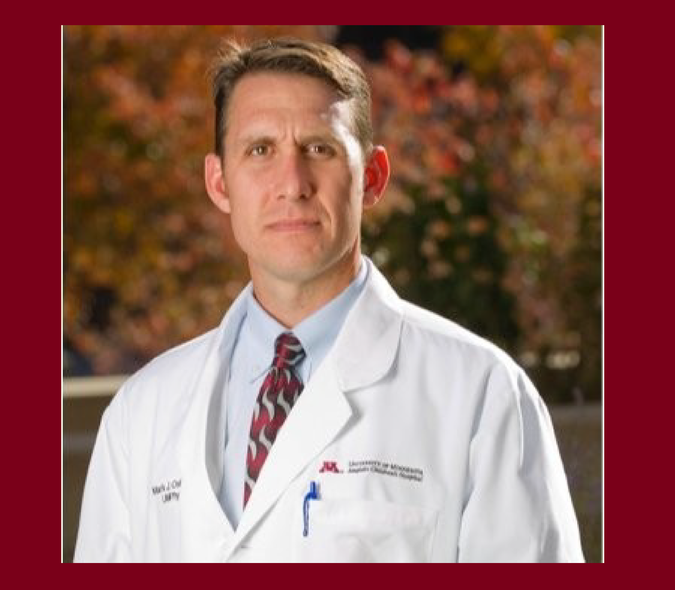SCI Faculty Brenda Ogle and Michael McAlpine Develop New Cryoablation Test Bed
Engineered human tissue models have been proposed as a means to test the performance of medical devices and the impact of device intervention on tissue health and function.

Progress has been slow due to the small size of most current engineered tissues to accommodate clinical-grade devices and limited attempts to couple engineered tissues of this scale with sensing elements to monitor treatment parameters. Combining stem cell technology and compliant electronics can be a useful strategy to address this unsatisfied need.
Stem Cell Institute director, Brenda Ogle, and Michael McAlpine and colleagues took advantage of current understanding of extracellular matrix (ECM)-cell interactions and the in situ differentiation of stem cells to advance the functionality of macroscale stem cell-derived cardiac tissues. In combination with a hydrogel-based pressure sensor, they successfully created a bionic testbed for testing cardiac ablation tools. The testbed was able to map the response of cardiomyocytes in correlation with the cryoablation intervention, and the unprecedented structural change of cryo-ablated human cardiac tissues was also observed, which is critical in guiding our understanding of how arrhythmias might redevelop after an ablation. Bionic testbeds of this type will be valuable in evaluating cardiac interventional devices and provide unique insight into living, human tissue dynamics during and after intervention.



